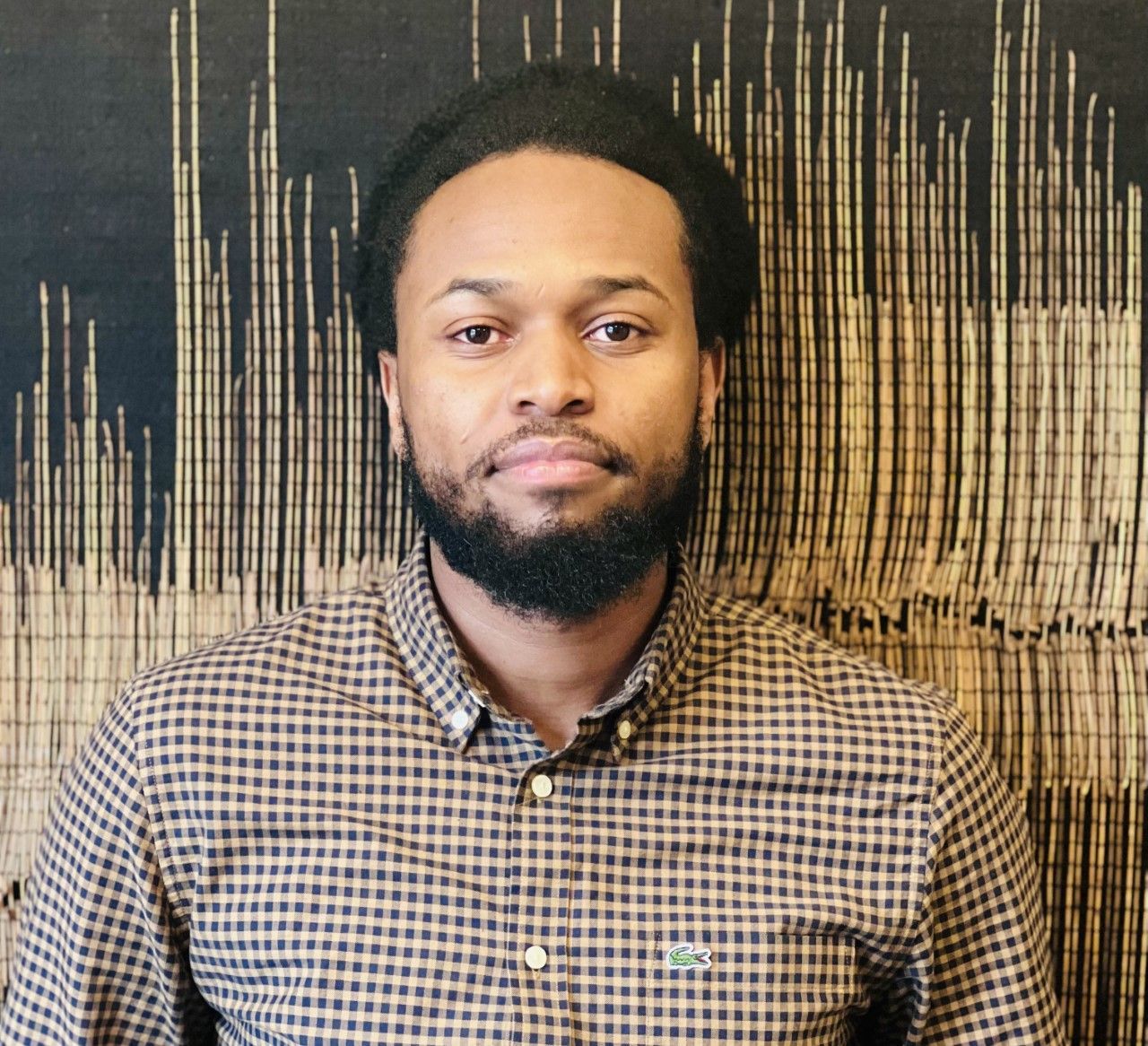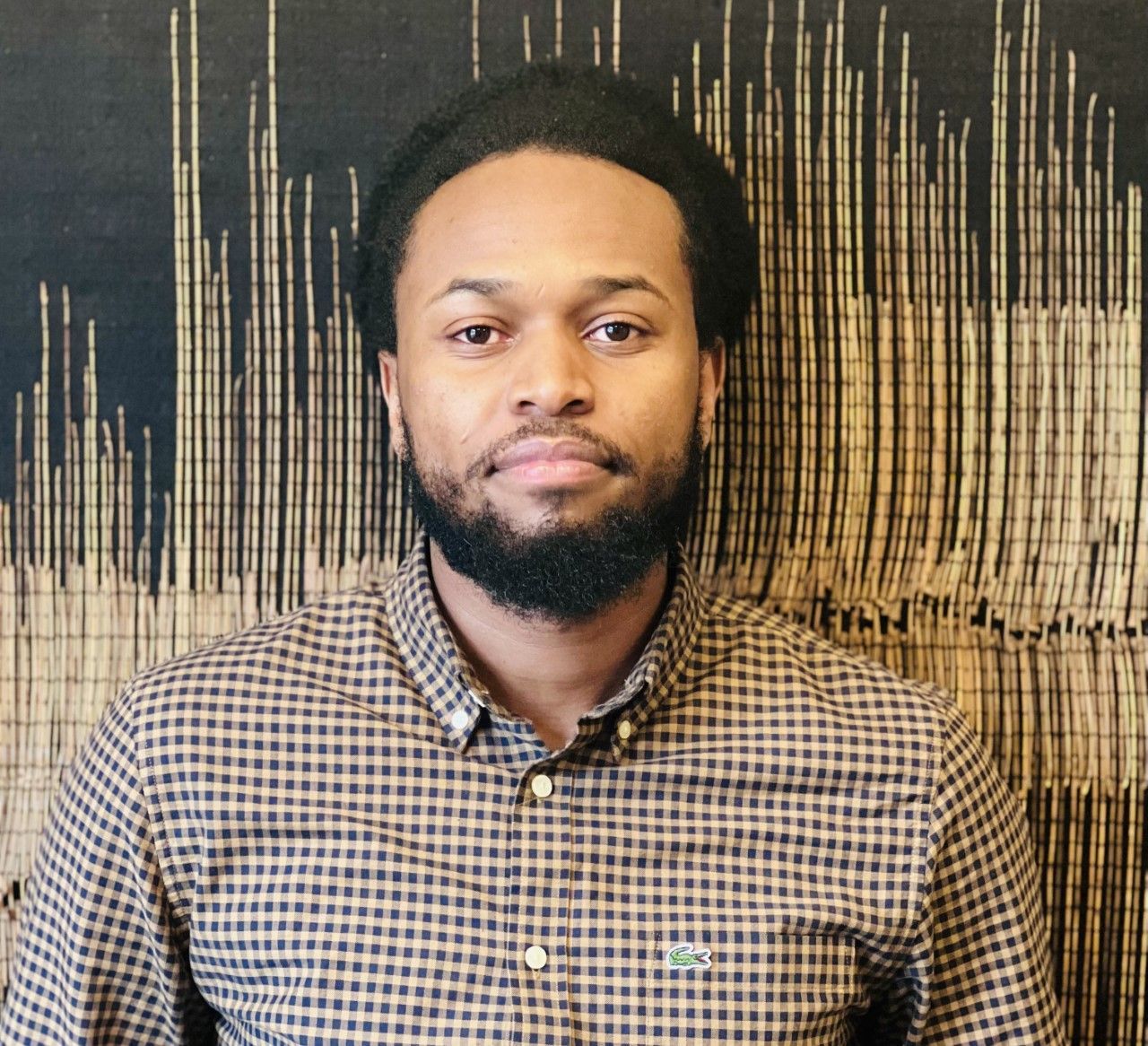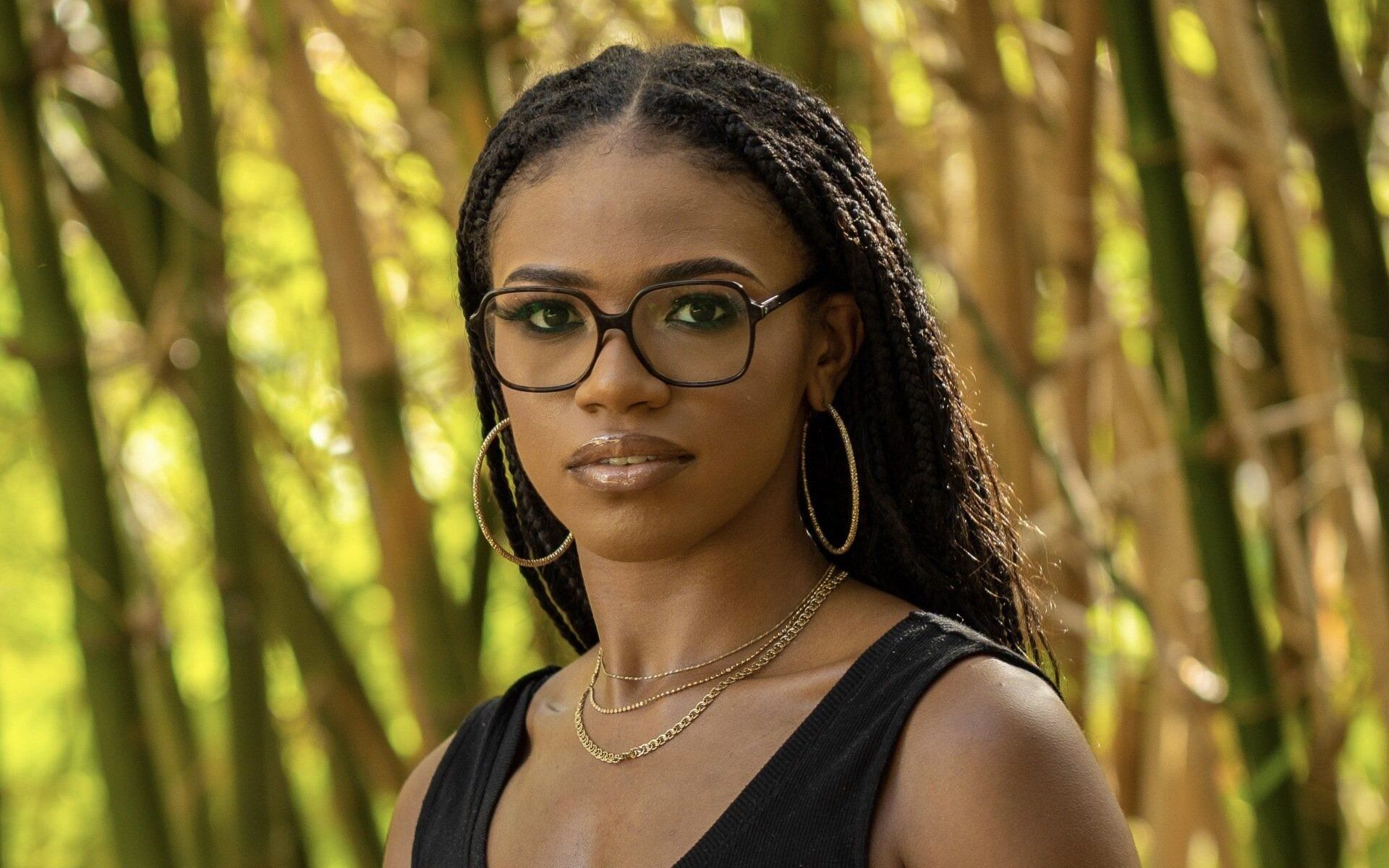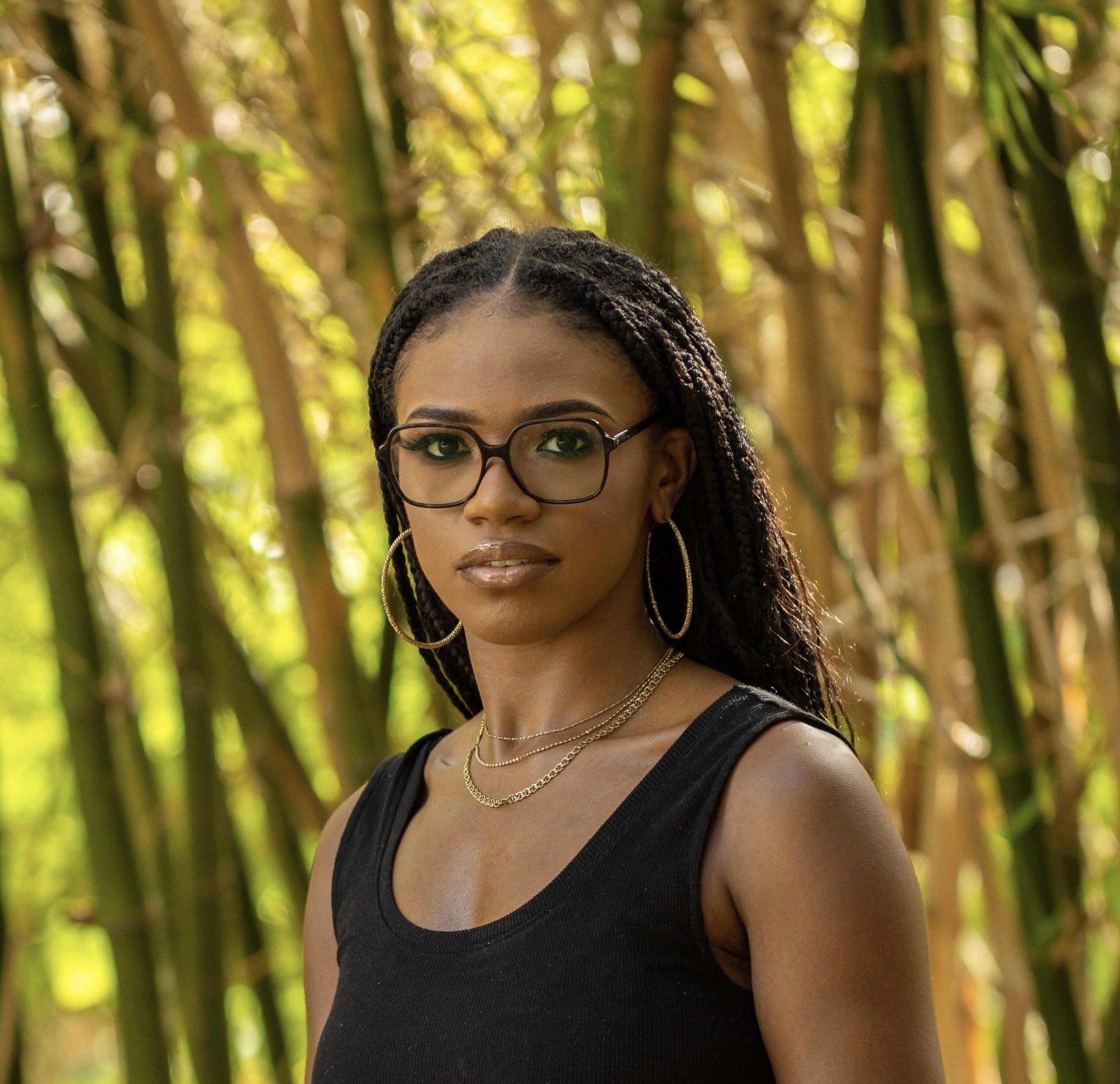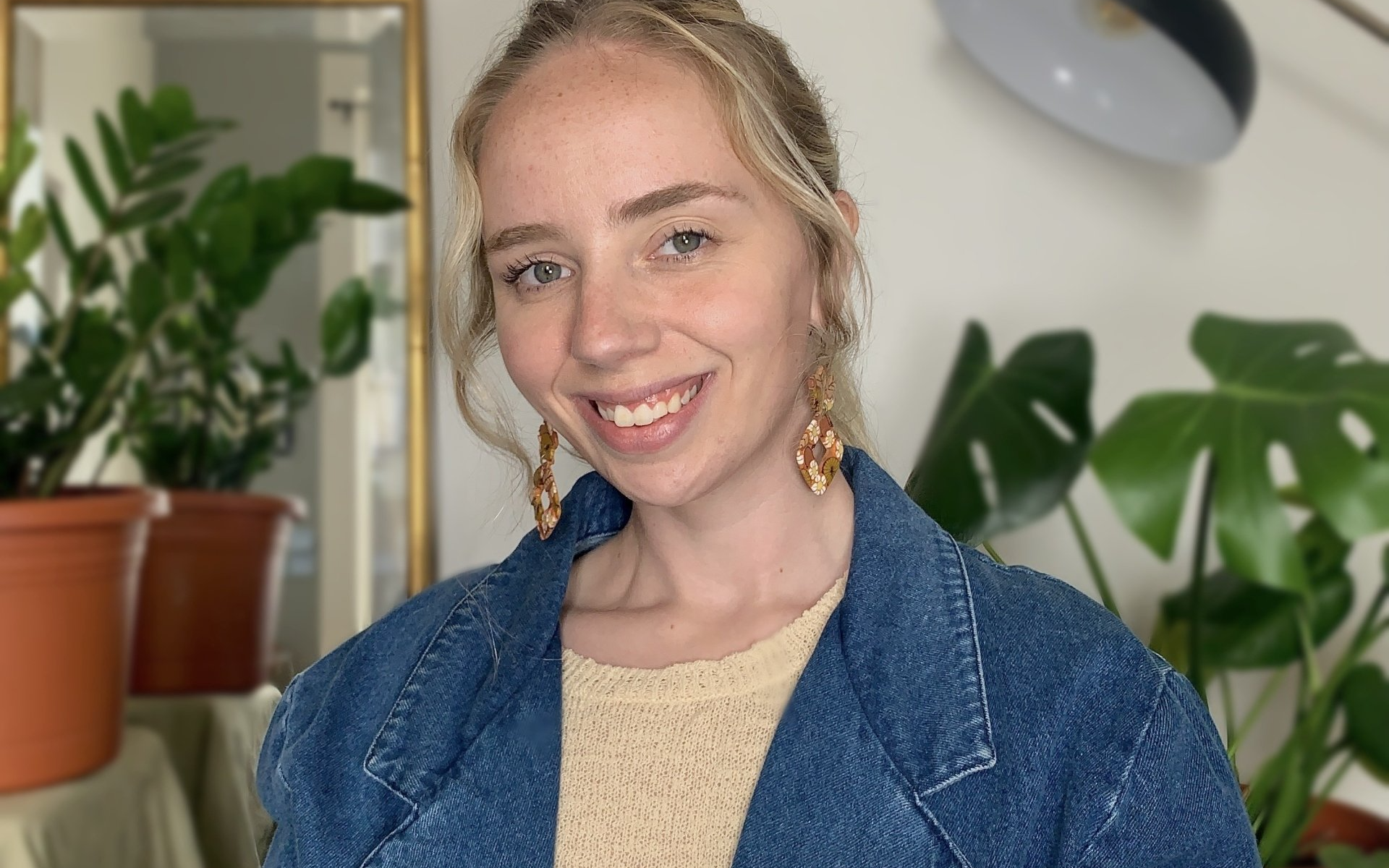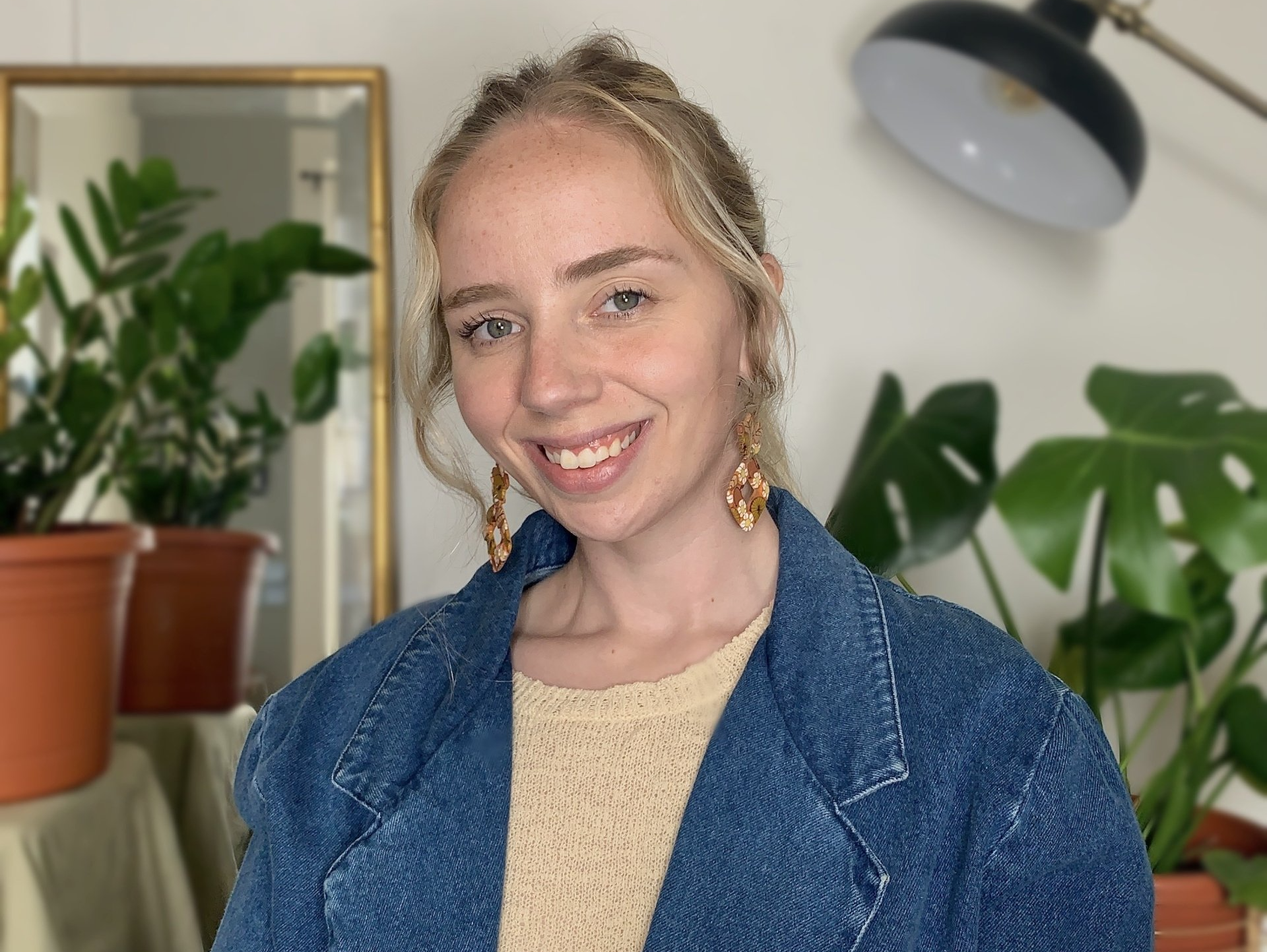The Beacon Blog: Trail Notes
An Environmental Justice Attorney’s Journey: Trail Notes with Professor Mia Montoya Hammersley
By Kate Keener, Staff Editor for the Vermont Journal of Environmental Law
May 3, 2024
![]()
Will you please tell me about your upbringing and relationship with the environment?
I was lucky to grow up with great access to the outdoors. I don’t think I realized—until I was older and had moved away—the beautiful relationship I had with the land. My family is from southern New Mexico, and when I was young, I spent a lot of time there with them. But I grew up in Flagstaff, Arizona. Flagstaff is in this beautiful pine forest beneath an amazing mountain that is sacred to a lot of tribes. Many of the places I lived were within walking distance of national forest land.
As a kid, I had freedom to go and spend time outside, to go and explore. And my parents were outdoor educators, so I grew up backpacking and taking family river trips. My relationship with the land has been special, and I knew it was special, but when I was young, I didn’t realize how many people don’t have that same access.
What inspired you to pursue your master’s degree and law degree?
I started undergrad at Lewis and Clark college in Portland, Washington. While I was there, I was involved with Sierra Club’s Beyond Coal Campaign. After freshman year, I serendipitously transferred to a tiny international university in Switzerland. I was the first person in my immediate family to go to Europe and had never been before—it was very much a leap of faith.
Something that drew me to the school was that each semester every student—as part of their tuition and curriculum—went on a two-week academic travel trip led by a professor. I visited lots of places I wouldn’t have been comfortable traveling by myself and learned about many different places and cultures. The topic of my first academic travel was “The Environmental and Historical Significance of the Rhine River.” We hiked to the Rheinwaldhorn Glacier in the Swiss Alps and followed the river by boat and bus all the way to the Port of Rotterdam, where the river meets the ocean.
The Port of Rotterdam is Europe’s largest port. We drove through a part of the port which comprised of several square miles of coal being imported into Europe. After being part of the Beyond Coal Campaign, just seeing that was like: wow. I felt like I hadn’t made a dent! It was like nothing I’d ever seen before or since. It’s a memory that has stayed with me: seeing these huge, raw piles of coal that were going to be distributed throughout Europe. It was overwhelming as a young student and activist. I think they’re importing a lot less coal now, ten years later, so that’s good!
Through my travels and studies in Switzerland I realized I was best equipped to help with environmental issues in my own community. So, after graduating I returned home and completed a master’s in water policy at the University of Arizona. While completing my master’s, I took some classes at the law school, including a water law course. I felt law had so much potential to create positive impact.
Will you tell me about the work you’ve done around land and water rights?
I’ve typically worked at the intersection between Indian law and environmental law. Indian law is what grounds me. If we think about power dynamics in this country, everything comes back to control of land and resources.
My initial interest in law school was water focused. Coming out of my water policy graduate program, I was excited to be able to work on water settlements for two different tribes in Arizona. I was the tribes’ official counsel in the Gila River Adjudication, which is one of the state-run water adjudications in Arizona. It’s been ongoing since the 70s. It’s a very slow and arduous process for tribes. But securing water rights is one of the most important ways that tribes can build climate change resiliency. It felt meaningful to be part of that work.
What is a water adjudication?
Basically, the court examines who has water rights within each individual watershed. The Gila Watershed, for example, has several sub-tributaries. Every person who has water rights in each designated sub-watershed must appear—at some point—in the state adjudication. Tribes and municipalities, anyone who is a water rights holder in the particular sub-watershed, has to appear and adjudicate their water rights. There’s an Act, the McCarran Amendment, that waived sovereign immunity for federal reserved water rights, including tribal water rights, and allowed them to be administered and adjudicated under state law. Tribes are often the largest and most senior water rights holders in these adjudications, so the stakes are high for them. Water law is so technical and fascinating and infuriating!
Will you tell me about joyful aspects of your schooling or law career?
Many joyful moments have stemmed from the relationships I’ve created through my work, both with clients and co-workers. One thing I’m proud of: When I was in law school, my school didn’t have funding for students who accept unpaid public interest positions over the summer. I went out of state for my first summer to intern for an environmental organization and had to take out extra loans to make that happen. So, when summer ended, me, my now-partner, and another one of our good friends founded an organization that fundraises to provide summer stipends to students who want to pursue social justice or public interest work. That org has continued, and they have a fundraiser every year. Last year we were able to establish an endowment.
Will you tell me about your first months as Environmental Justice Clinic Director?
Coming from New Mexico, I was really enamored with the landscape of Vermont and was just getting used to the new setting. I was impressed with the students and how excited you all are. There’s so much alignment of values at this school, interest in social justice, and students really want to use their legal careers to make the world a better place. It’s nice to reconnect with that energy and remember why I started on this path. And it’s exciting to build upon the EJ legacy at VLGS and connect with clients and continue the good work that’s already begun.
What do you think about environmental justice and whether we’re making progress?
I think there is change more than anything. Many critical race theorists I admire talk about the danger of subscribing to this idea that there has been continuous progress. When considering the daily experiences of those most impacted, I’m not sure how much has improved over the past couple decades. In terms of resources and awareness, though, I have seen change and improvements even in the last ten years.
Environmental justice is a difficult field for many reasons. Our wins often aren’t big and splashy like you might see in other fields of law. Our wins are often small things like making clients or community members feel empowered, being able to assist with storytelling, or helping people navigate a system that intimidates them.
It’s been important for me not to define my career based on external-facing wins and to focus more on the relationships and the day-to-day ways the work can change people’s lives for the better.
What advice do you have for people interested in collaborating with communities that have been disproportionately harmed?
I would encourage everyone in legal practice to take time to understand how their own lived experiences can affect the relationships they build with their clients. If we come from a more privileged position, that comes up when building relationships with communities who have experienced a lot of harm. This work is deeply personal and requires self-reflection. I encourage everyone to explore the frameworks of community lawyering, movement lawyering, and trauma-informed lawyering for frameworks to navigate these dynamics.
Did your introduction to EJ occur all-at-once in a specific occurrence or organically over time?
It was an organic process over time. My family in New Mexico comes from a community that was heavily impacted by the Trinity Nuclear Test of 1945. My grandparents were children when the bomb was detonated. Their community was about 45 miles from the blast site and has a high cancer rate and other ongoing impacts from radiation exposure. We lost my grandfather to pancreatic cancer when I was a teenager. I wish I had had more time to talk with him about his life and his experiences.
I gradually began to put the pieces together and understood that what my family and community had experienced were connected to things I was learning about in school and seeing in other contexts.
Were there any notable shifts in how you think about or approach EJ work?
During law school, I thought that I would do higher profile litigation. After having a wide variety of experiences in different workplaces, I realized there are many different roles for lawyers. Different communities need different things. Now, I strive to be a lawyer who is on tap, rather than on top, and to build an ongoing partnership and relationship with my clients—rather than simply coming in at a moment of crisis.
Are there any other thoughts you’d like to share, Mia?
Right now, I know a lot of people and students struggle with feeling hopeful in this area of law and feeling hopeful in the world. I came of age during the Obama presidency years where the message we received was that progress was this constant, inevitable destiny. And then the 2016 election happened when I was a 2L. I graduated into a legal environment that was very different than I was anticipating. It was an intense space to step into.
Something I draw on for my work is—you often hear Native people refer to seven generations—the concept that everything we do now, we do it for the next seven generations. For me, trying to keep that idea and longevity in mind is helpful for maintaining hopefulness. My people also traditionally have had several world-ending events occur already. For me, it’s helpful to remember that change is inevitable, and even when it feels like everything is falling apart, it’s a special time to be alive as well.
Fiction Recommendation:
The Hummingbird’s Daughter by Luis Alberto Urrea.
Non-fiction Recommendations:
Malcolm X’s autobiography; all of Vine Deloria’s writings; How We Show Up by Mia Birdsong.
Podcast Recommendation:
All My Relations

